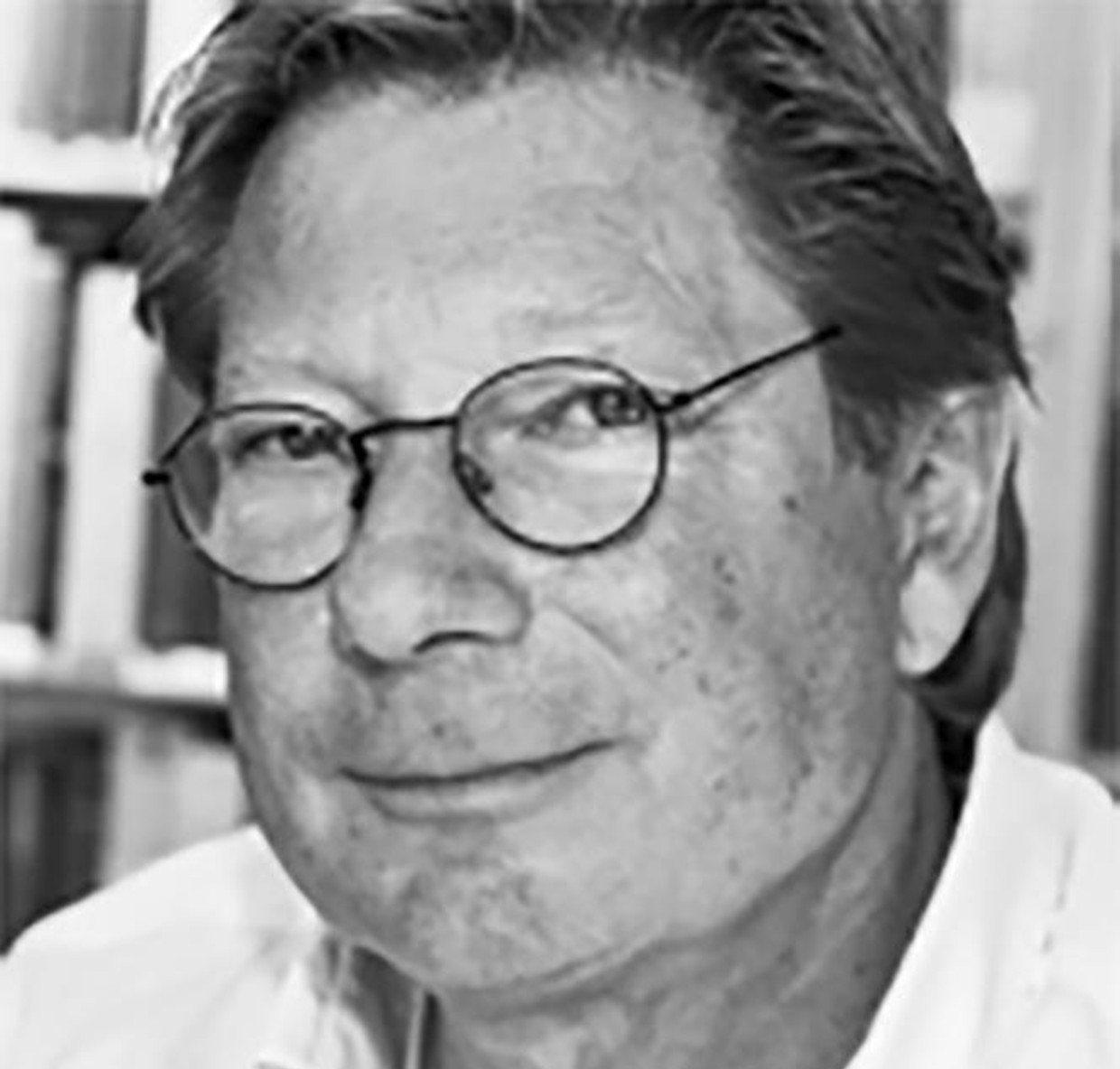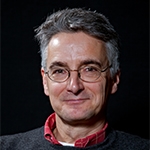Five-hundred years ago, on Good Friday, April 6th 1520, the painter Raphael died in Rome after a brief illness, exactly 37 years after his birth, also on Good Friday, in Urbino. Even though ‘but’ an artist, at his death he was a prominent member of a network that was destined to have a profound impact on cultural history, a network that included the most prominent prelates, politicians, humanists and artists of the period. Both the pivotal importance of the time and place where Raphael worked, and the extraordinary nature of his work and that of his peers, ensured the unique status of Raphael as a painter of genius, eventually enshrined as one of the major saints in the religion art subsequently became.
Yet judging from the evidence in funerary poems and letters to the shock Raphael’s death caused, what impressed his contemporaries most were not his paintings but his involvement at that time in the project of reconstructing the ancient city of Rome in drawing and text. If little of this project remains today, this only illustrates the sharp contrast between contemporaries’ evaluation of Raphael’s importance in handling the heritage of classical antiquity, and modern interests directed primarily at the painter’s artistic excellence.
As a course on the reception of classical antiquity like this one, Raphael’s Antiquity takes this this paradox as its cue and looks into its causes, studying both the classics that ‘went into’ Raphael’s generation, and the subsequent vicissitudes of the High Renaissance paradigm Raphael and friends produced, combining a primer in the theory of reception with the practical example of Raffaello Sanzio. That implies a close look at Raphael’s cultural environment that included artists like Michelangelo, architects like Bramante and poets like Ariosto. But also an interdisciplinary approach including painting, architecture, sculpture, poetry, philosophy and theology. Departing from around 1500, we will time travel back and forth, studying the antique art and architecture Raphael c.s. interpreted, and baroque and neo-classical responses to their interpretations, from Bernini, Carracci and Reni to Canova and the Nazarenes. Most of all we will discuss and visit the Roman works of the master himself, in painting, drawing, architecture and antiquarian scholarship, even on locations usually closed to the public.
Staff
Prof. dr. David Rijser (RUG, course convenor)
Prof. dr. Koen Ottenheym (UU)
Dr. Matthijs Jonker (KNIR)
Literature
D. Rijser, Raphael’s Poetics. Art & Poetry in Renaissance Rome, Amsterdam 2012.
Digital reader.
Target group and admission
The course is open to a maximum of 15 selected RMa and PhD students in classics, (art) history, general and comparative literature, heritage studies, cultural studies or related disciplines at MA, RMA or PhD level from KNIR partner universities (Universiteit van Amsterdam, Vrije Universiteit, Universiteit Leiden, Universiteit Utrecht, Radboud Universiteit, Rijksuniversiteit Groningen).
Course format and assignments
The course is organized by and hosted at the Royal Netherlands Institute in Rome (KNIR). It consists of a 9 days intensive seminar period in Rome, with lectures, on-site visits and discussions. During the seminar, each participant delivers an oral presentation either at the institute or in situ on a topic of her/his choice. Before and after the seminar participating students work independently.
– preparation for, attendance of and response to a day with introductory lectures by the convenors, ca. 2 weeks preceding the start of the course, in Utrecht;
– a presentation in situ on a chosen topic, related to the topic of the end paper and the chosen site of presentation, followed by q.a.a. and comments; written feed-back by the supervisors
– a concluding essay (5.000 words), deadline 23 February 2023, 18.00h
Credits and assessment
The study load is the equivalent of 5 ECTS (with possible extension to 6 ECTS). Each student should arrange with his/her home coordinator whether the course can be a part of the existing curriculum. After successful completion of the course the KNIR provides a certificate mentioning study load and evaluation.
The study load is based on:
a) preparation and participation at the introductory venue in Utrecht: 1 ECTS b) Intensive seminar in Rome (9 days): active participation, oral presentation and essay proposal: 3 ECTS;
c) After the seminar: essay of 5.000 words: 1 ECTS.
Assessment takes place on the basis of active participation and on-site presentation (20%), and the concluding essay (80%).
Costs
Tuition and lodging at the KNIR is free for selected participants from the above mentioned Dutch universities. Personal expenses, including meals, are not included. Students receive a €100 reimbursement of their expenses for travelling to Rome after submission of their final essay.
Facilities in Rome
All participants will be housed at the Royal Netherlands Institute in Rome’s Villa Borghese Park. From there, it is only a short walk to the historical center of Rome. The KNIR accommodation consists of shared bedrooms and bathrooms, and includes a living and dining space, a large kitchen, washing machine and wireless internet. All residents have 24/7 access to the library and gardens of the Royal Netherlands Institute.
Application and admission
The selection of (R)MA students is based on grades, the positioning of the course in the student’s curriculum, and a letter of motivation. The selection of PhD students is based on the letter of motivation and curriculum vitae. Students can apply via the link below; include in your application:
• a letter of motivation (max. 1 A4)
• a cv
• for (R)MA students: a recent list of courses followed and grades provided by your university
More info
E-mail: secretary@knir.it
Phone: (+39)063269621






